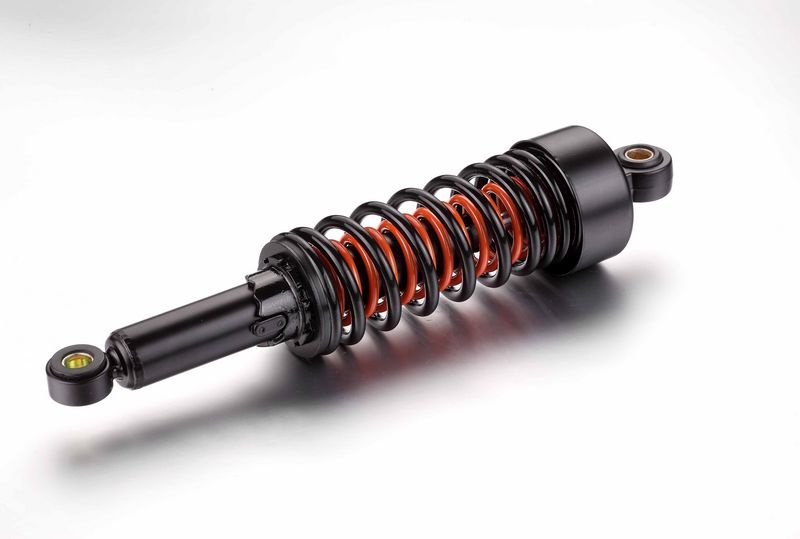Shock absorbers are actually “dampers”. By compressing, the springs in a vehicle’s suspension absorb bumps and other road shocks. When the springs rebound, the amount of bouncing created is controlled by the shock absorbers.
Several warning signs can tell you when shock absorbers need replacing, such as your car bottoms out over railroad tracks, speed bumps or dips in the road or keeps bouncing well after the fact. Other signs are unusual noises over bumps, excessive body lean in turns or that the front end of the car dives sharply in hard braking. Because shocks wear out gradually, you might get used to a looser, bouncier ride, much like you get used to longer stopping distances as brake pads wear out.
One way to test shocks is to push down hard on each corner of a vehicle. If the car continues to bounce after you let go, your shocks need replacing. However, this test may require quite a bit of strength, and with many high-riding SUVs and pickups it isn’t easy to get the leverage you need.
Instead, you should have a qualified mechanic check your shock absorbers when your car is on a lift, such as when you have tires rotated. The mechanic will be able to see if there are major leaks (shock absorbers are filled with fluid), worn mounts or bushings, or physical damage such as dents.
Despite advice to replace shocks at specific intervals (often from those who sell replacements), such as every 50,000 miles, when you need to do it can vary by vehicle and how and where you drive. If you frequently drive over rough, pockmarked roads that put more stress on the shock absorbers, then you will probably need to replace them more often than if you drive mainly on smooth pavement. Carrying heavy loads also will wear out shocks faster.

How can I know when to replace shockers?
by
Tags:
